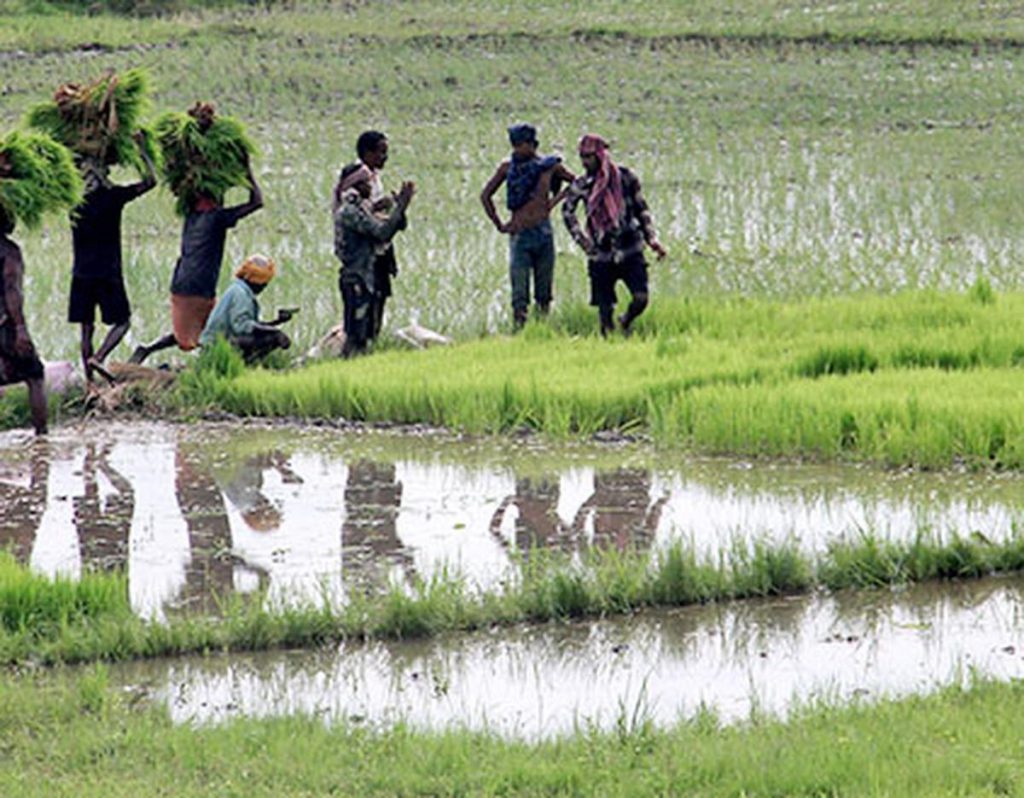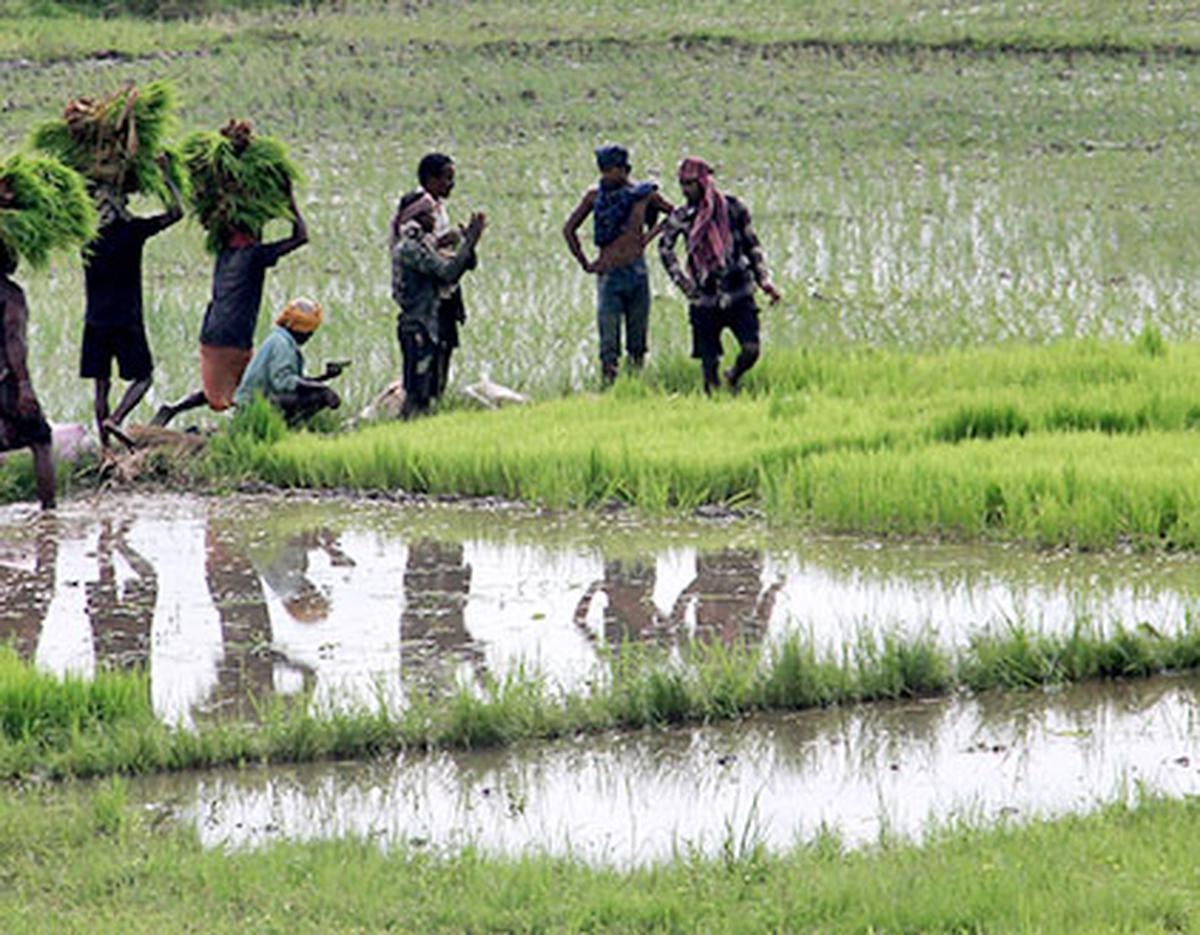Launched in 2016, the PMFBY provides comprehensive risk insurance against crop damage due to non-preventable natural risks from pre-sowing to post-harvest for the crops/areas notified by the concerned state government. “The scheme has already become the number one crop insurance scheme in the world in terms of farmer applications enrolled. In terms of gross premium, the scheme is the 3rd largest in the world,” Tomar said.
The Pradhan Mantri Fasal Bima Yojana (PMFBY) has become the world’s number one crop insurance scheme in terms of farmer applications enrolled, Agriculture Minister Narendra Singh Tomar informed Parliament on Tuesday. The PMFBY is also the world’s third-largest crop insurance scheme in terms of gross premium, Tomar said in his written reply to the Lok Sabha.
Launched in 2016, the PMFBY provides comprehensive risk insurance against crop damage due to non-preventable natural risks from pre-sowing to post-harvest for the crops/areas notified by the concerned state government.
“The scheme has already become the number one crop insurance scheme in the world in terms of farmer applications enrolled. In terms of gross premium, the scheme is the 3rd largest in the world,” Tomar said.
The minister said 832.24 lakh farmers enrolled under the PMFBY during the 2021-22 fiscal. The premium paid by farmers stood at Rs 3,77,026 crore while claims paid were Rs 13,728.63 crore during 2021-22.

As per the provisions of the scheme, the actuarial/bid premium rate is charged by the insurance companies. However the farmer has to pay only a maximum premium of 1.5 percent and 2 percent for Rabi and Kharif food and oilseed crops, respectively, and 5 percent for commercial/horticultural crops.
The remaining part of the actuarial/bidded premium is shared on a 50:50 basis by the central and concerned state government except in North Eastern States where it is shared in the ratio of 90:10.
The PMFBY is mainly implemented on an ‘Area Approach’ basis. Admissible claims are worked out and paid directly to the insured farmer’s account by the insurance companies based on the season-end yield data, furnished to the concerned insurance company by the concerned state government and the claim calculation formula envisaged in the Operational Guidelines of the scheme.
However, losses due to localized risks of hailstorms, landslides, inundation, cloud bursts, and natural fires and post-harvest losses due to cyclones, cyclonic/unseasonal rains, and hailstorms are calculated on an individual insured farm basis. These claims are assessed by a joint committee comprising representatives of state government and concerned insurance companies, the minister added.
Read more at-https://bit.ly/3WgXLt3




